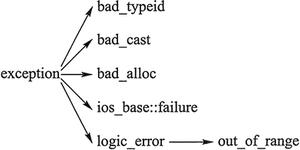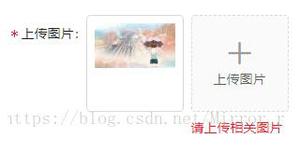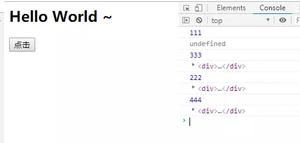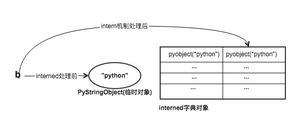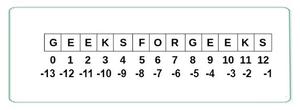python字符串方法format()如何使用

1、格式字符串中用花括号表示待插入值的位置、索引名称和格式,并在format方法参数中写出待插入值。
2、转换标志:跟随感叹号后的单词表示以相应的格式转换给定的值。
格式说明符:跟随冒号后的表现,用于详细指定字符串的格式。
实例
>>> # 指定表示方式>>> print('in decimal: {0:d}\nin binary : {0:b}'.format(10))
# in decimal: 10
# in binary : 1010
>>> print('in fixed-point notation: {0:f}\nin scientific notation: {0:e}'.format(0.25))
# in fixed-point notation: 0.250000
# in scientific notation: 2.500000e-01
>>> # 指定精度
>>> print("{0:.2f}".format(1/3))
# 0.33
>>> # 指定宽度,默认右对齐
>>> print("{0:10.2f}".format(1/4))
# 0.25
>>> # 指定对齐方式,默认用空格填充
>>> print("{0:<10.2f}\n{0:^10.2f}\n{0:>10.2f}".format(1/6))
# 0.17
# 0.17
# 0.17
>>> # 指定对齐方式,并指定填充字符
>>> print("{0:*<10.2f}\n{0:*^10.2f}\n{0:*>10.2f}".format(1/7))
# 0.14******
# ***0.14***
# ******0.14
以上就是python字符串方法format()的使用,希望对大家有所帮助。更多Python学习指路:python基础教程
本文教程操作环境:windows7系统、Python 3.9.1,DELL G3电脑。
以上是 python字符串方法format()如何使用 的全部内容, 来源链接: utcz.com/z/544665.html

